Growth in Renewable Energy Sector
The HBI Additive Market is also benefiting from the expansion of the renewable energy sector. As the world shifts towards sustainable energy sources, the demand for materials used in renewable energy infrastructure, such as wind turbines and solar panels, is increasing. In 2025, the renewable energy sector is expected to grow by 20 percent, which will likely drive the need for high-quality steel reinforced by HBI additives. These additives enhance the durability and performance of steel components used in renewable energy applications. Consequently, the HBI Additive Market is positioned to capitalize on this trend, as manufacturers seek to produce materials that meet the rigorous standards required for renewable energy projects. This growth presents a significant opportunity for HBI additive producers to expand their market reach.
Rising Demand for Steel Production
The HBI Additive Market is experiencing a notable increase in demand driven by the rising need for steel production. As economies expand, the construction and automotive sectors are witnessing growth, leading to a higher requirement for steel. In 2025, the demand for high-quality steel is projected to rise by approximately 3.5 percent annually. This trend is likely to bolster the HBI additive market, as these additives enhance the quality and efficiency of steel production processes. Furthermore, the shift towards electric arc furnaces in steelmaking is expected to increase the utilization of HBI additives, which are essential for improving the metallurgical properties of steel. Consequently, the HBI Additive Market is poised for growth as manufacturers seek to optimize production and meet the evolving demands of various industries.
Environmental Regulations and Compliance
The HBI Additive Market is significantly influenced by stringent environmental regulations aimed at reducing carbon emissions and promoting sustainable practices. Governments across various regions are implementing policies that encourage the use of cleaner technologies in steel production. As a result, there is a growing emphasis on the adoption of HBI additives, which facilitate the production of low-emission steel. In 2025, it is estimated that compliance with these regulations could drive a 15 percent increase in the use of HBI additives among steel manufacturers. This shift not only aligns with The HBI Additive Industry as a crucial player in the transition towards greener production methods. Manufacturers are likely to invest in HBI additives to enhance their compliance and improve their market competitiveness.
Increasing Investment in Infrastructure Projects
The HBI Additive Market is poised for growth due to the increasing investment in infrastructure projects worldwide. Governments are prioritizing infrastructure development to stimulate economic growth, which includes the construction of roads, bridges, and buildings. In 2025, infrastructure spending is projected to rise by 10 percent, creating a surge in demand for steel products. HBI additives play a crucial role in enhancing the quality and performance of steel used in these projects. As a result, manufacturers are likely to increase their use of HBI additives to meet the stringent requirements of infrastructure applications. This trend not only supports the growth of the HBI Additive Market but also contributes to the overall advancement of construction and engineering sectors.
Technological Innovations in Additive Manufacturing
Technological advancements in additive manufacturing are reshaping the HBI Additive Market. Innovations such as 3D printing and advanced alloy formulations are enabling manufacturers to create more efficient and effective HBI additives. In 2025, the market for additive manufacturing is projected to grow by 25 percent, which could lead to increased demand for specialized HBI additives that enhance the properties of printed materials. These innovations not only improve the performance of steel products but also reduce waste and energy consumption during production. As manufacturers adopt these technologies, the HBI Additive Market is likely to witness a transformation, with a focus on developing high-performance additives that cater to the evolving needs of various sectors, including aerospace and automotive.


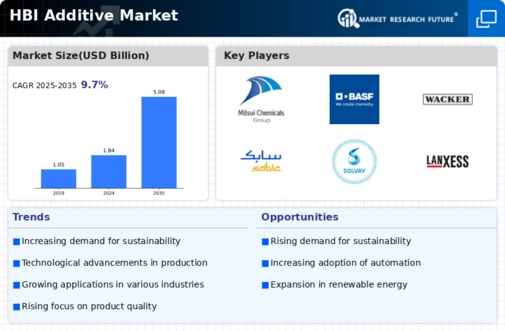
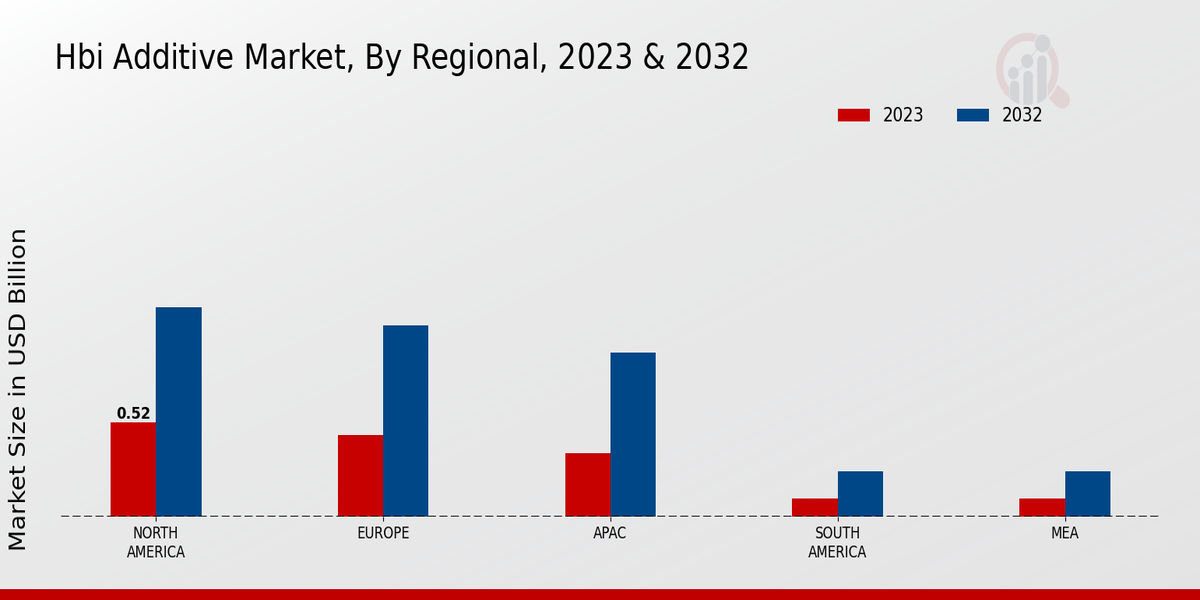

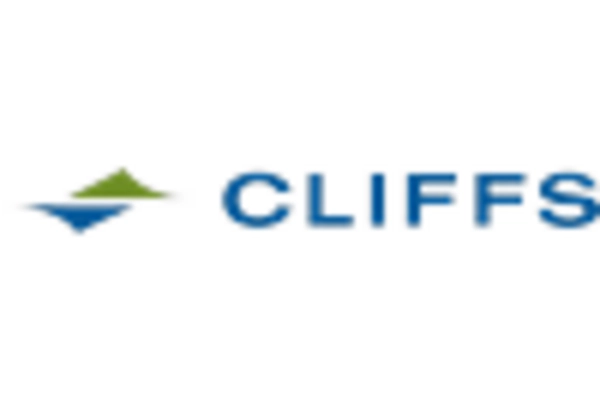
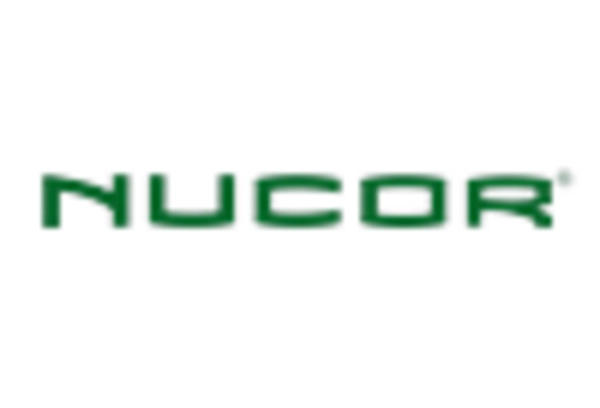
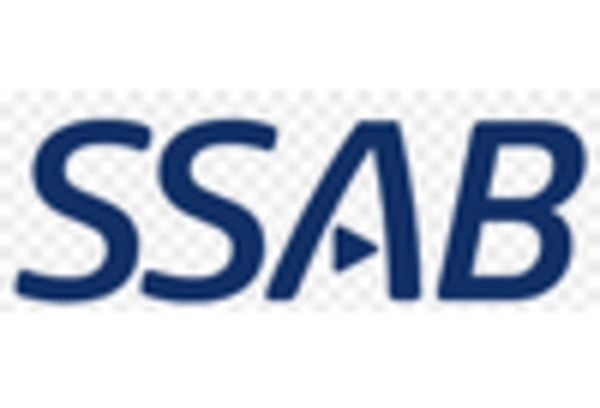
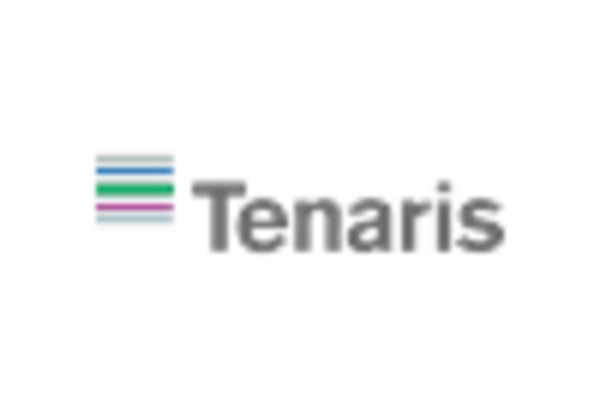
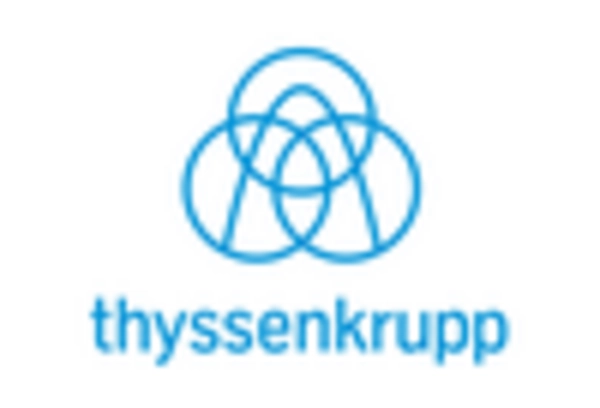
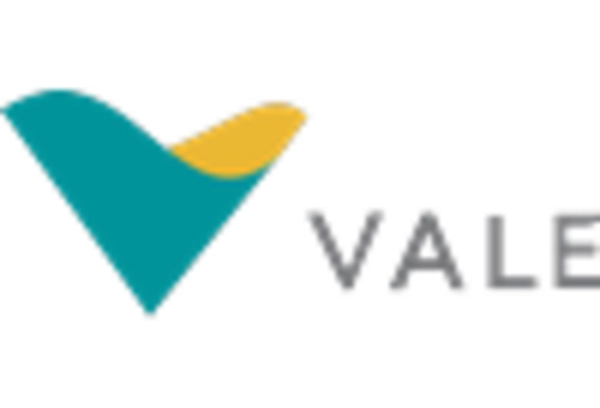








Leave a Comment